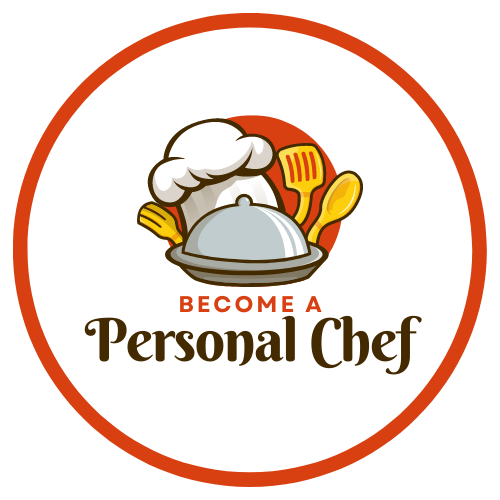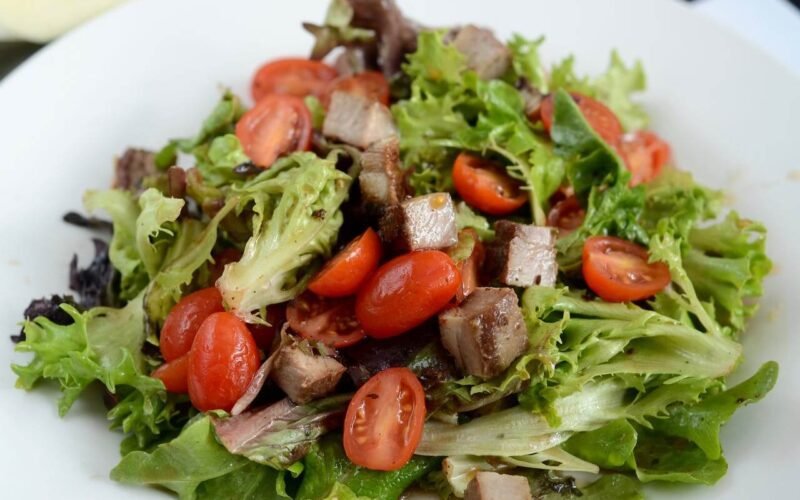Table of Contents
TogglePersonal Chef for Obesity
As a personal chef, you are in a unique position to not only satiate the palate of your clients but also support their health and wellness journey. For clients battling obesity, a professional personal chef’s specialized diet service can be a powerful tool in their arsenal.
Incorporating special diets into your services is not just about cooking—it’s about enhancing your clients’ quality of life through your culinary expertise. It may seem like a daunting task, but the rewards are immense. Read the giant list of special diets for personal chefs. Your next client might need your help!
Understanding Obesity
Obesity is a complex health condition characterized by an excessive amount of body fat. It’s often assessed using the Body Mass Index (BMI), where a person’s weight in kilograms is divided by the square of their height in meters. A BMI of 30 or more is considered obese1. Obesity raises the risk of various health problems, including heart disease, type 2 diabetes, certain cancers, and more.
The Role of a Personal Chef
As a personal chef, you can significantly assist in managing your client’s obesity. By creating personalized meals that are balanced, nutritious, and portion-controlled, you can help your clients reduce their caloric intake while ensuring they get the necessary nutrients. This involves careful meal planning, preparation, and cooking to create satisfying meals that align with their weight management goals.
Special Tools and Guidelines
While no special tools are required, having a good set of kitchen scales can be helpful to ensure accurate portion sizes and control caloric intake.
Key guidelines to follow include:
- Calorie Control: Meals should be designed to fit within your client’s daily calorie allowance. This will depend on factors like their age, sex, activity level, and weight loss goals.
- Balanced Nutrition: Meals should provide a good balance of protein, carbohydrates, and healthy fats. They should also be high in fiber and low in added sugars.
- Portion Control: Use tools like measuring cups and food scales to ensure servings are appropriate sizes.
- Variety: To keep meals interesting and ensure a range of nutrients, include a variety of fruits, vegetables, lean proteins, and whole grains in the diet.
Wondering what tools a personal chef might need? I’ve written an extensive article for you – A Comprehensive List Of Must-Have Tools and Essential Items for the Personal Chef
Finding More Information
For more information on obesity and weight management, consider resources like the Centers for Disease Control and Prevention (CDC), the National Institute of Diabetes and Digestive and Kidney Diseases (NIDDK), or the World Health Organization (WHO). These organizations offer comprehensive guidelines on managing obesity through diet and lifestyle changes.
Marketing Your Service
To market your specialized diet service, focus on the benefits that your meals provide. Highlight success stories from clients who’ve seen improved health markers and weight loss, and share appetizing photos of your nutritious dishes. Consider partnering with local weight loss clinics, gyms, or dietitians—they can refer clients to you, and you can provide them with healthy meal options.
Personal Chef for Obesity
As a personal chef, you have a unique opportunity to make a profound impact on your clients’ lives. By providing a specialized diet service for clients with obesity, you’re not just offering food; you’re offering a path to better health, increased confidence, and improved quality of life.
So, embrace this challenge, refine your skills, and remember: every meal you prepare is a step towards a healthier, happier life for your clients.
Here are some of my favorite tools for providing my personal chef service
As an experienced personal chef, I’ve found that the secret to creating mouthwatering dishes goes beyond just having a passion for food. It’s also about using the right kitchen tools. Today, I’m going to share with you my must-have kitchen items that help me bring my culinary creations to life.
1. Chef’s Knife
The first item on my list is a high-quality chef’s knife. It’s the most versatile tool in my kitchen, perfect for chopping, slicing, and dicing. My preference is for a Global Chef’s Knife, known for the edge and the way they are balanced.
2. Cast Iron Skillet
Next up is a good old cast-iron skillet. From searing steaks to baking cornbread, this pan does it all. I love the Lodge Cast Iron Skillet, which retains heat beautifully and adds a nice crust to anything you cook.
3. Stainless Steel Pots and Pans
A set of stainless steel pots and pans is essential for a variety of cooking techniques. They’re great for simmering, boiling, and sautéing. All-Clad’s Stainless Steel Cookware Set is my go-to choice for its exceptional performance and durability.
4. Immersion Blender
An immersion blender makes pureeing soups, making smoothies, and blending sauces a breeze. I suggest the Braun Multiquick Hand Blender, which is powerful, easy-to-clean, and highly versatile.
5. Digital Thermometer
To ensure perfectly cooked meats every time, a digital thermometer is a must. The ThermoPro TP19 Waterproof Digital Meat Thermometer provides speedy and accurate readings, ensuring your roast chicken or prime rib is cooked to perfection.
6. Silicone Spatula
A silicone spatula is a chef’s best friend for its versatility. It’s heat-resistant, non-stick, and perfect for everything from folding batter to stirring sauces. I recommend the OXO Good Grips Silicone Spatula.
7. Stand Mixer
Lastly, for avid bakers, a stand mixer is a game-changer. The KitchenAid Artisan Series 5-Qt. Stand Mixer isn’t just a pretty face; it makes mixing doughs and batters effortless.
These are the tools that I use daily in my personal chef service. Remember, quality tools make a difference, but they don’t have to break the bank. Start with the basics and add on as you grow more comfortable and adventurous in the kitchen.
Happy cooking!

